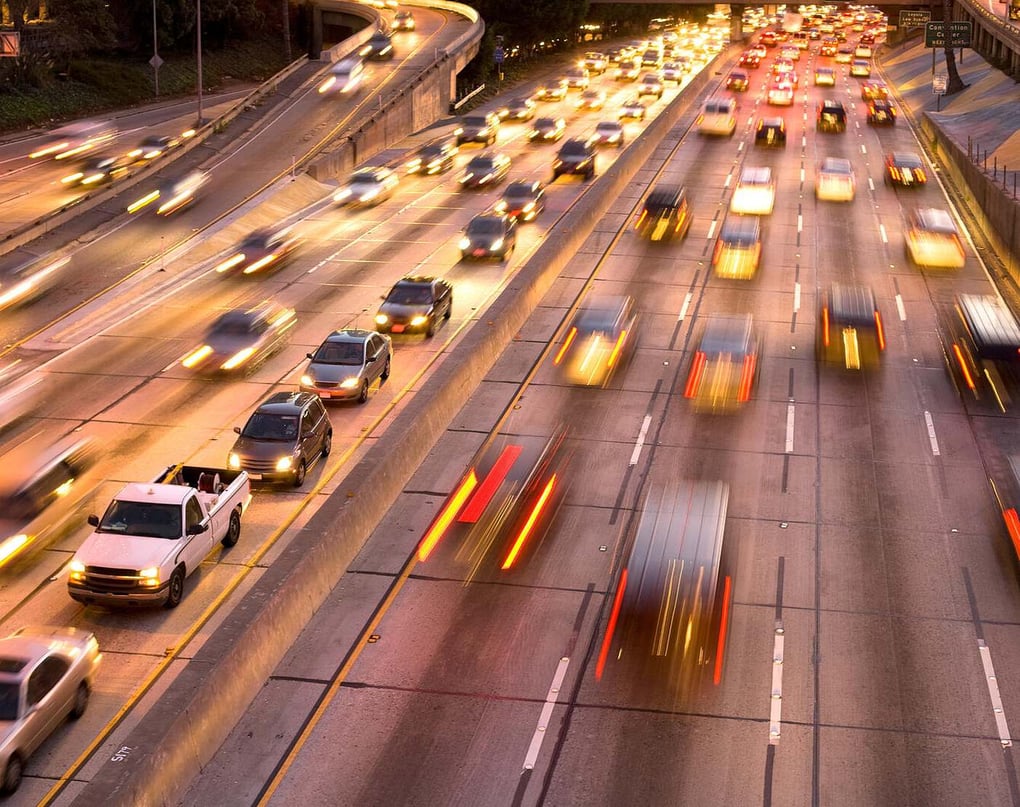The National Highway Traffic Safety Administration is drawing attention to the dangers of speeding in its new speed prevention campaign. The Speeding Wrecks Lives campaign, a collaboration between NHTSA and other advocates and experts, kicked off July 10th and runs through July 31st.
“Speeding accounts for nearly one-third of all fatalities on our roads and puts everyone at risk, including people in other vehicles, pedestrians, cyclists, motorcyclists and people with disabilities,” Acting Administrator Carlson said. “NHTSA reminds everyone to slow down and arrive safely – it’s better to arrive a few minutes late than not at all.”
Speeding is a persistent problem on the nation's roads. NHTSA says its data shows that while there has been three quarters of a slight dip in overall roadway deaths, speeding fatalities reached a 14-year high in 2021 and make up almost one-third of all traffic fatalities.
The campaign focuses on drivers aged 18-44, because NHTSA says this is the group more likely to be involved in speeding-related fatal crashes. A $9.6 million national media buy includes both English and Spanish-language ads on TV, radio and digital platforms. To read more about the launch event, visit the NHTSA website here.
Speeding Data
New NHTSA speeding data shows that in 2021:
- Speeding-related fatalities increased 8% (vs 2020)
- 12,330 people were killed in speeding-related crashes, representing 29% of all traffic fatalities in 2021.
- The estimated number of people injured in speeding-related crashes also increased in 2021 by 7%.
- 33% of motorcycle riders in fatal crashes in 2021 were speeding, more than drivers of any other vehicle type.
NHTSA also says the data shows that many drivers in speeding-related crashes also engaged in other risky driving behaviors including:
- Alcohol Use: Drivers in fatal crashes who were speeding were also impaired by alcohol more frequently than drivers who were not speeding.
- Seatbelts: Additionally, more than half of speeding passenger vehicle drivers were not wearing a seat belt, as compared to 23% of non-speeding passenger vehicle drivers.
NHTSA also released a study of efforts used by law enforcement officers to reduce speeding. Two main takeaways from the study are:
- The number of speeders on the road was a statistically significant predictor of speeding-related crashes, and the number of non-speeders was not, indicating that the number of vehicles on the road can increase without leading to more crashes if the additional vehicles are driving at or below the speed limit.
- Decoy (unoccupied) law enforcement vehicles, issuing citations, and digital speed signs can continue to reduce speeding at deployment locations, even after they are no longer at those locations.
To read more about the study click here.
To read about the U.S. Department of Transportation's comprehensive National Roadway Safety Strategy click here.
To read about the U.S. Department of Transportation's other roadway safety actions click here.
Photo Credit: Jose Luis Stephens/Shutterstock.com.

